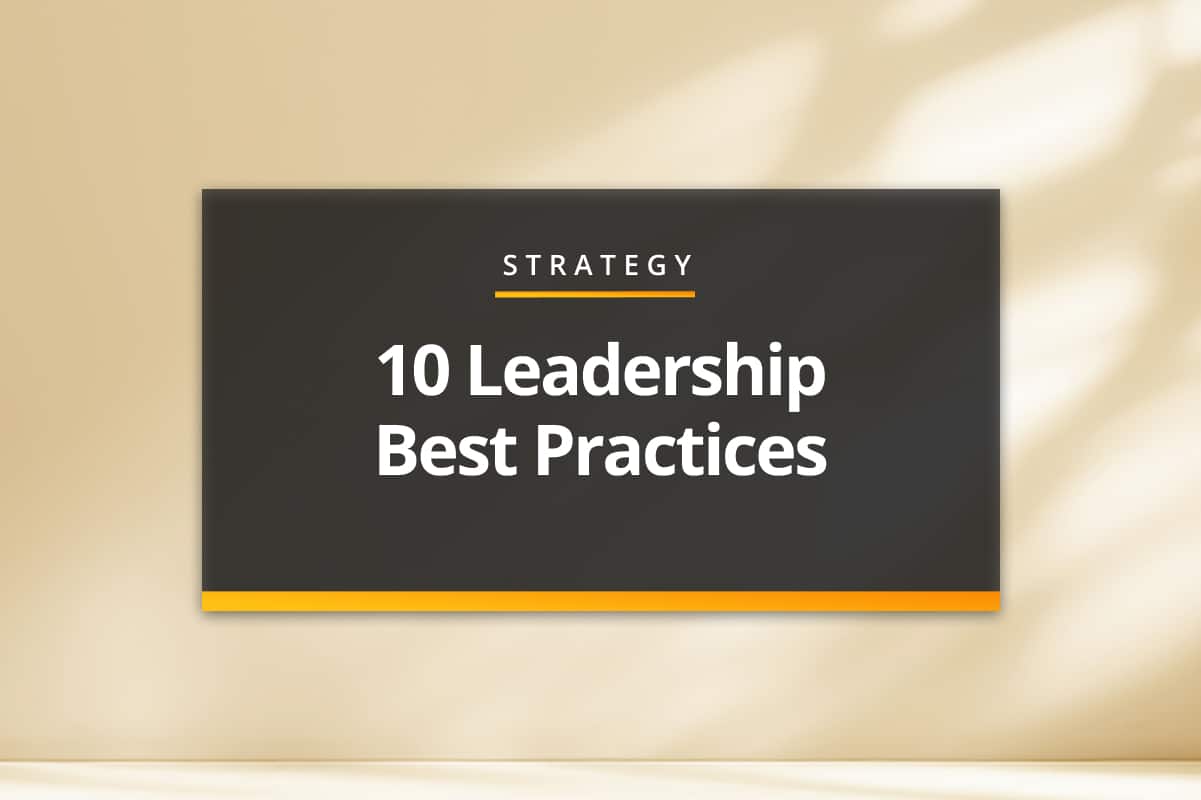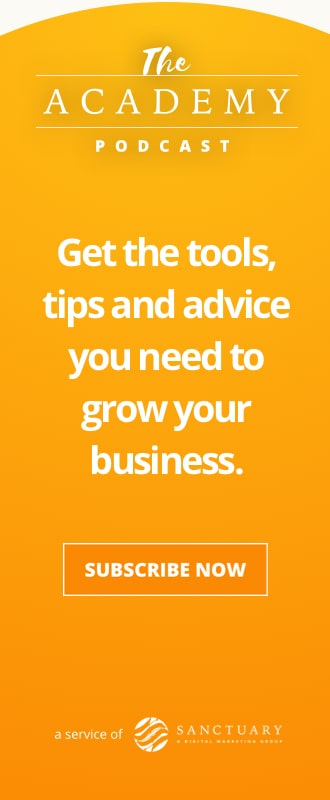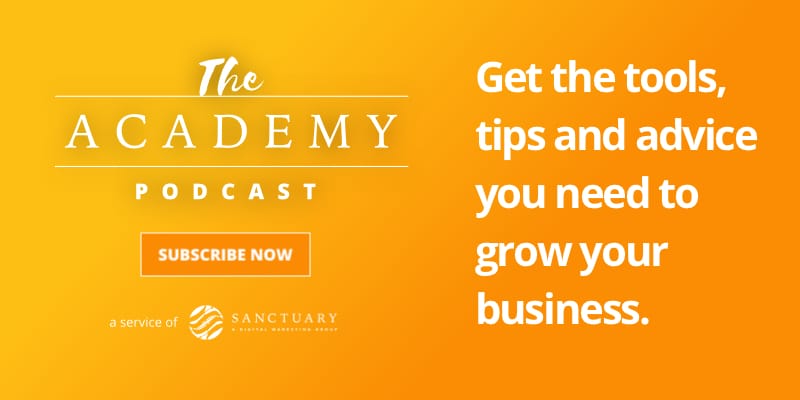
I recently enjoyed attending the Persistent Leadership Conference last week, presented by Leadership Stark County. The day was full of great advice, exercises, and discussions from leaders like Lisa Waite, Henry Johnson Jr., Tracy Nicodemo, Katie Gamby, and Mike Gallina.
Leadership is hard because it demands constant decision-making, emotional resilience, and the ability to inspire others while navigating uncertainty. Despite the flood of books, podcasts, and expert advice offering formulas for success, there’s no one-size-fits-all approach. Every situation, team, and personality is different, which means the most effective leaders are those who stay curious, learn from others, but ultimately develop their own authentic leadership style—one that aligns with their values, strengths, and the unique context they lead within.
So with that thought to guide us, here are 10 notable takeaways that I thought I’d pass on for you to ponder as you’re trying to navigate your own leadership style.
Put Your Relationships Above the Brand
To have the relationship above the brand means prioritizing authentic, human connections over promoting your product or company identity. Instead of focusing solely on image, messaging, or sales, you build trust, loyalty, and value through genuine relationships with customers, partners, or audiences. The brand supports the relationship, not the other way around.
Cultivate a Sherpa Spirit
To have a Sherpa spirit means embracing the mindset of a humble, dependable guide who helps others reach their goals without taking the spotlight. Like the Sherpa people who support climbers on Everest, this approach reflects traits like service, resilience, quiet strength, and unwavering commitment to helping others succeed, especially in tough conditions. Be a sherpa for your team.
Failure Is a Step, Not a Stop
“Failure is a step, not a stop” means that setbacks are part of the journey, not the end of it. Instead of viewing failure as defeat, it’s seen as a learning opportunity that moves you forward. Progress often comes through trial, error, and growth. Encourage failure as a leader.
Vision Motivates Action
“Vision motivates action” means that having a clear and compelling picture of the future inspires people to move, commit, and make progress. When people see where they’re going and why it matters, they’re more energized and focused in their efforts.
Tell Stories
There were a lot of stories told throughout the day. Telling stories when speaking to a crowd makes your message more relatable, memorable, and emotionally engaging. Stories help people connect with your ideas on a personal level and keep their attention longer than facts or data alone.
It’s OK to Pivot
Changing direction is sometimes the smartest move. Not everything requires blind persistence — flexibility can lead to better outcomes than stubbornly sticking to a failing path. Essentially, quitting is not failing. It’s about opening a door if things aren’t headed in the right direction.
Compassion Fatigue Is Real
Compassion fatigue in leadership is the emotional exhaustion that can come from constantly supporting and caring for others. Over time, leaders who are always “on” for their team may feel drained, less empathetic, or even burned out, making it harder to lead effectively. It’s a reminder that leaders need to care for themselves, too. Essentially, you need to take care of your energy so you can take care of others.
You Are a Thermostat as a Leader
As a leader, being a thermostat means you set the tone, not just reflect it. Unlike a thermometer that simply measures the temperature, a thermostat influences and regulates the environment, shaping the team’s energy, attitude, and culture through your behavior and mindset. Try to be positive, but still realistic and honest.
Eat the Frog
“Eating the frog” means tackling your hardest or most important task first thing in the day. The idea is that once you’ve done the toughest thing, everything else feels easier, boosting productivity and reducing procrastination.
Never Run Past a Chance to Give Gratitude
Always take the time to acknowledge and thank others. Even small moments of appreciation can build trust, boost morale, and strengthen relationships, and those opportunities shouldn’t be overlooked.
Bonus: Lean on Your Community
When you’re facing a challenge—whether personal, business, or leadership-related—don’t go it alone. Your community is a valuable resource. Reach out to mentors, peers, local organizations, or industry groups. Chances are, someone has faced a similar issue and can offer insight, perspective, or even a solution. Collaboration often reveals options you wouldn’t find on your own. Leveraging your network isn’t a weakness—it’s wisdom.
Most Popular Articles

Seeing Favicons in Your Google Search Results? Here’s Why…
Have you noticed anything different in your Google Search results lately? Google added tiny favicon icons to its organic search results in January. It was…

Business Growth and Digital Marketing News & Tips 11-17-24
Are you encouraging and rewarding innovation? Lee Cockerell is the former Executive Vice President of Operations at Walt Disney World. A lover of traditional red…

Business Growth and Digital Marketing News & Tips 11-27-24
A culture of gratitude "Feeling gratitude and not expressing it is like wrapping a present and not giving it." – William Arthur Ward Beyond being…






